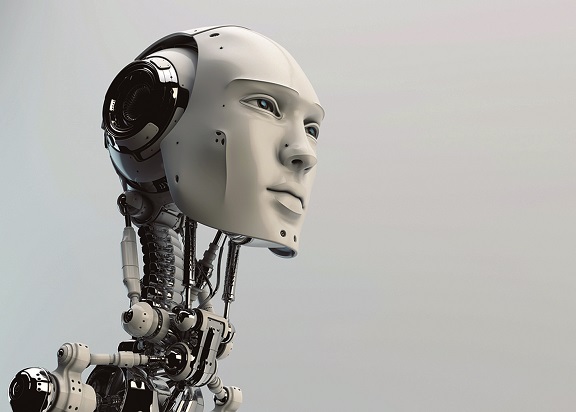WeRobot is a multidisciplinary gathering. A coming together of legal scholars considering future robotics technologies and how to legislate for them, and roboticists looking at the current and future legal structures and what the interactions might be with the developing technology and systems. Some of the most important questions, raised in the papers and their associated presentations, are highlighted here.
The US judiciary are not fully up to speed with the fast developing world of robotics, and judges have a very narrow view of what robots are genuinely capable of. This is the view of Ryan Calo, an Associate Professor of Law at the University of Washington. In a scholarly paper presented at the We Robot 2016 conference in Miami, he was concerned that the speed of development of robots was too fast for the courts to keep up.
This article offered nine new case studies to illuminate the role of robots in American law. The first set considered robots as objects of American law, i.e., as artifacts in the world that have occasioned legal disputes. The second set considered robots as subjects of the judicial imagination, i.e., as metaphors or similes that support a particular verdict. Few of the decisions that make up these studies appear in the legal literature to date, even within the burgeoning field of robotics law. Examining these cases together yields a series of valuable insights. One is that robots tend to blur the line between person and instrument. A robot is an artifact, but one holding special fascination and significance. Courts have struggled with the status of robots, asking how robots can be said to represent, imitate, extend, or absolve people. Judges also invoke robots in a variety of contexts when a person is acting, or being asked to act, outside of the typical bounds of a human being.
A second is that judges may have a problematically narrow conception of what a robot is. There are, unsurprisingly, conflicts and tensions in early robot law. Courts are ambivalent about each of the questions they confront and results vary with context. But there seems to be an odd consensus with respect to the judge’s mental model of a robot: it is a programmable machine, by definition incapable of spontaneity. If this definition or robots were ever true, it is not true today. Contemporary robots range in sophistication, with some systems solving and creating problems in ways never the programmer nor the public would have anticipated.
The mismatch between what a robot is and how courts are likely to think of robots will only grow in salience and import over the coming decade. The story of robots and the law is only beginning. Robots are rapidly entering the mainstream and are likely to alter the legal landscape in a variety of ways both prosaic and profound. Robots have been a part of American society for half a century and they have already generated a limited but significant body of law.


.jpg)
.jpg)
.jpg)

.jpg)

.jpg)
.jpg)

